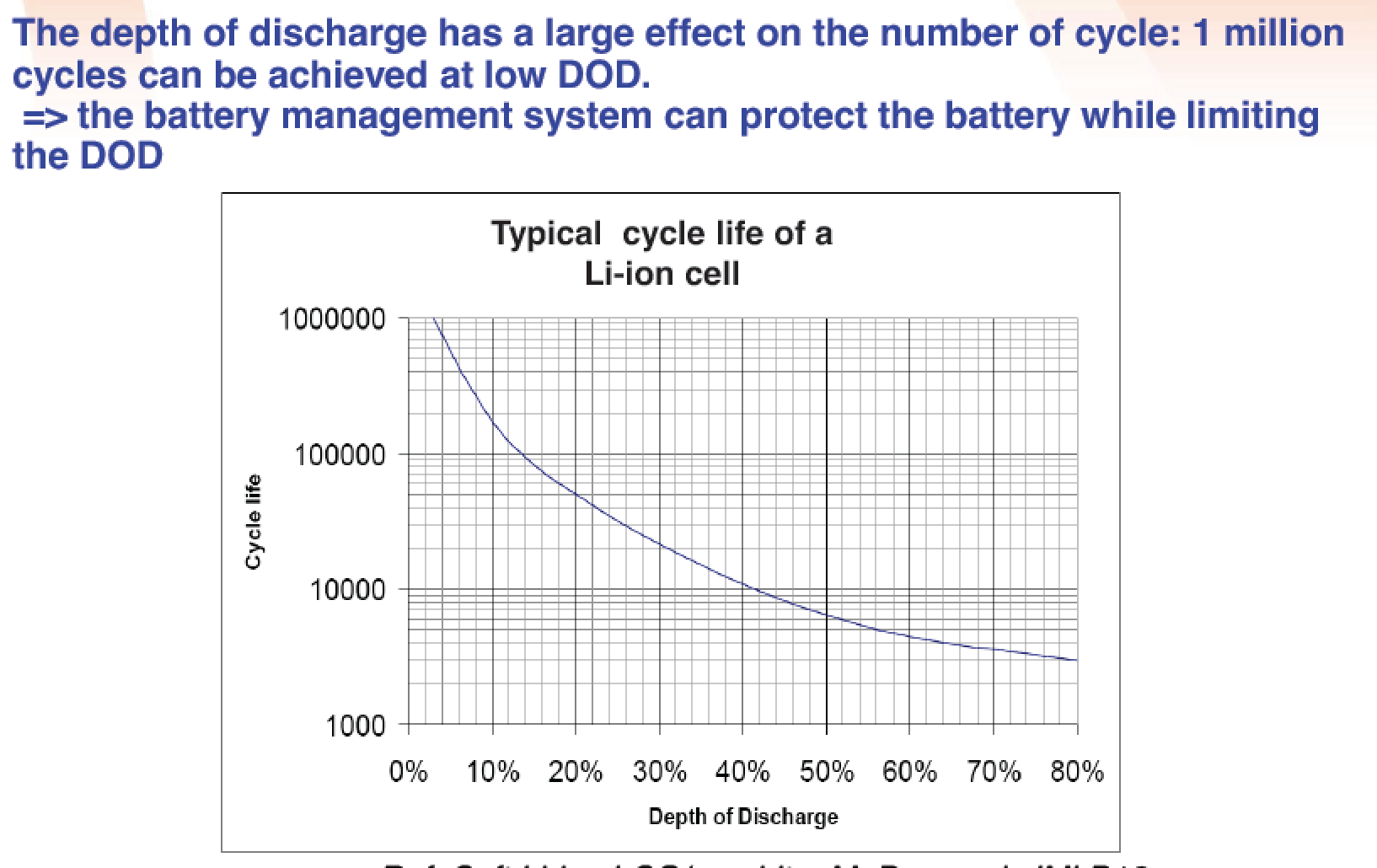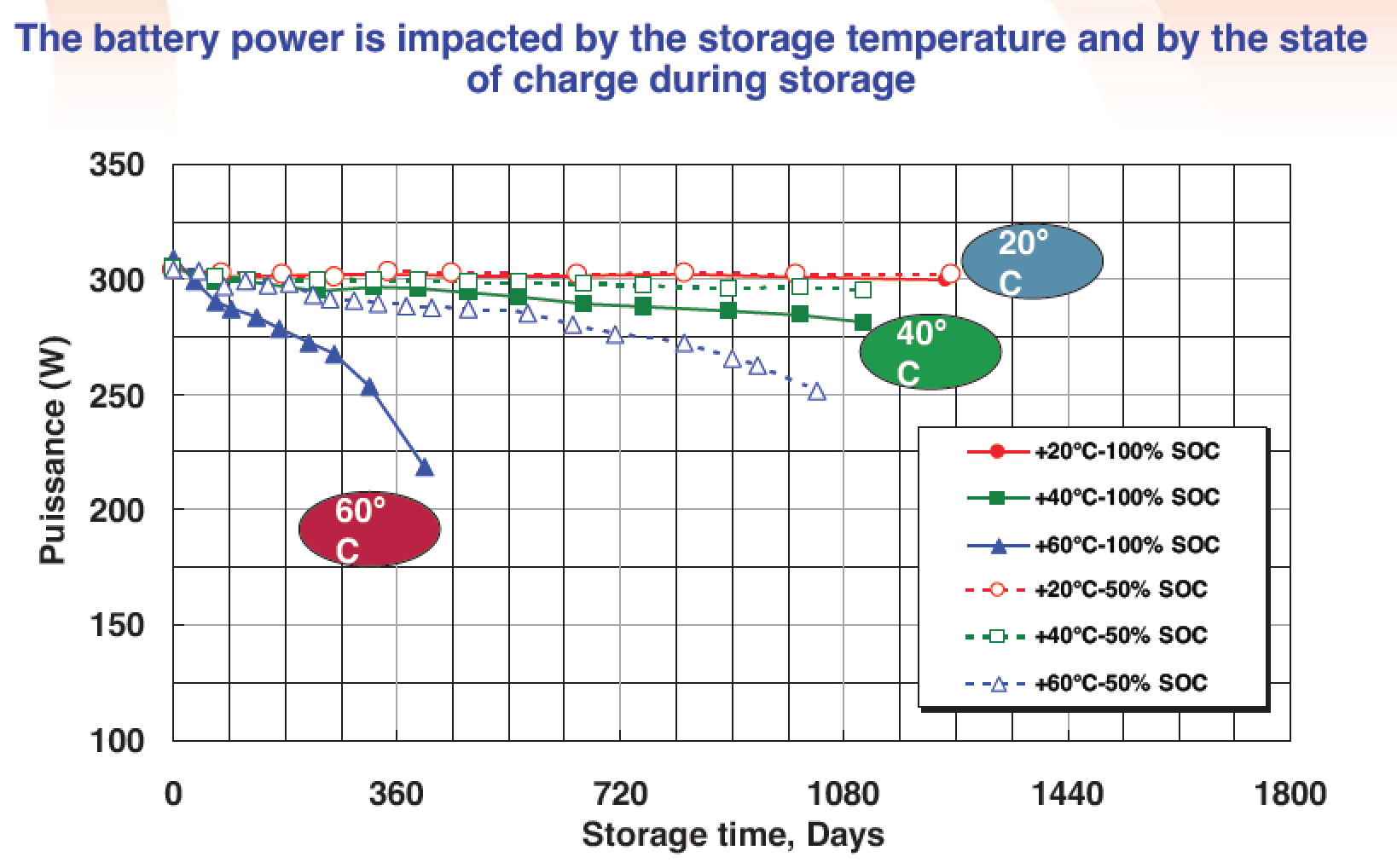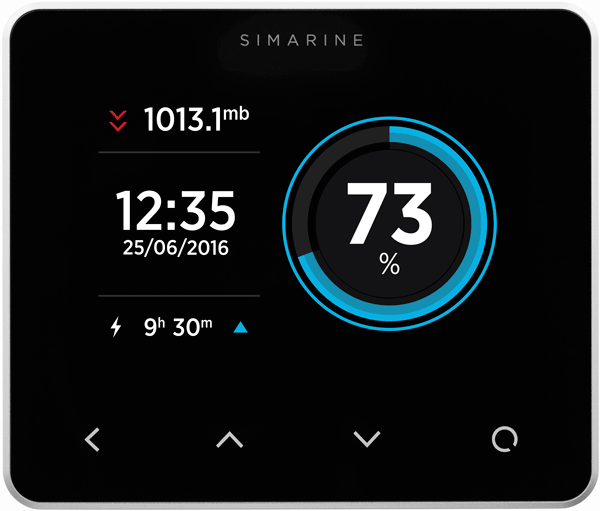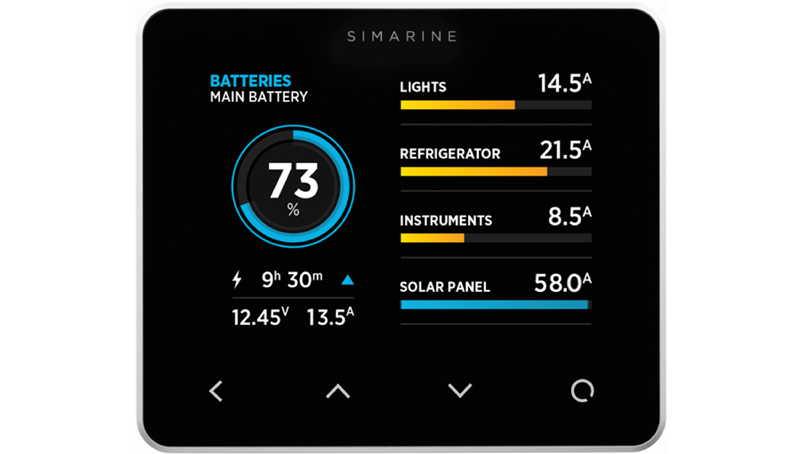
SAFIERY UNIVERSITY
BATTERY OPTIMISATION
GETTNG BEST COST OVER LIFE
This series of technical articles is designed to give value to the reader through more knowledge on battery management. For battery basics refer to the Battery University. Main link for AGM click here.
Extending battery life has these main parameters:
-
Average Depth of Discharge of the battery
-
Extreme deep discharge
-
Shelf temperature in storage
-
% charge in storage
1. Average Depth of Discharge of the battery
-
The relationship between depth of discharge of a battery (called DOD) and battery life in cycles is not linear. The cycle life is a logarithmic change to the amount of depth of discharge. This means the number of cycles you can expect at 50% depth of discharge will be proportionately much more than the change in depth of discharge.
-
Buying a second battery and running it in parallel will extend the cycle life considerably. The DOD will be half what it would have been otherwise. As a rule of thumb, operating two Lithium Batteries at 30% DOD instead of 60% DOD will extend the number of cycles by 300-400%
-
This significantly improves the economics in the long term… providing the battery shelf life is sustained.
2. Extreme deep discharges have a significant detrimental effect on the cycle life. This is the main reason to have a smart battery monitor.
It can pay for itself on the first trip.

3. Storage temperature is important for battery shelf life. For Lithium batteries, keep them below 30 degrees C for best results. If the storage temperature rises to 60 degrees c, the life will be significantly reduced.
4. The % State of charge when stored is also a factor but a less significant one. For AGM batteries, storing at 100% is ideal. For Lithium batteries, storing at 50% will extend the storage life.
Here lies the management challenge:
-
Keep the DOD of your batteries as small as possible while the battery is cycling;
-
Arrive home with 50% SOC in the Lithium battery for best storage life.
To manage this you will need an advanced battery monitor…. with artificial intelligence.

You need to know two important items:
-
State of charge (called SOC)
-
Time to go (called TTG)
Simple Clean Colour Display with high contrast Gorilla Glass.
-
Displays the State of Charge (SOC) as a percent with a coloured circle indicating the battery health (blue for healthy, orange for unhealthy, red for alarm)
-
The “lightning” icon and blue “up-arrow” indicate 100% SOC is expected in 9.5 hours
ARTIFICIAL INTELLIGENCE
PICO is constantly monitoring battery current, voltage, (temperature). Parameters are constantly being adjusted using AI.
-
You can set the averaging interval for calculating TTG (time-to-go) from “short” to “long”.
-
You can tweak the target State of Charge (SOC) threshold for the time to go. A “pre-alert’ to a low battery state.
Touch this display once and see…
SIMPLE CLARITY
-
Big clean clear display on PICO and smartphone.
-
No small LED lights or buttons to push.
-
Easy to read Total with multiple devices installed.
-
All the device currents on the battery screen.
EASY TO SET ALERTS
To read the difference with Lithium Batteries click here.
-
Change alerts based on the camping or boating conditions.
-
Do on the smartphone with a simple select and slide.
-
Set alerts to visible, audible or both.
-
Set ALARM DELAY
-
Set an OUTPUT on ALARM



